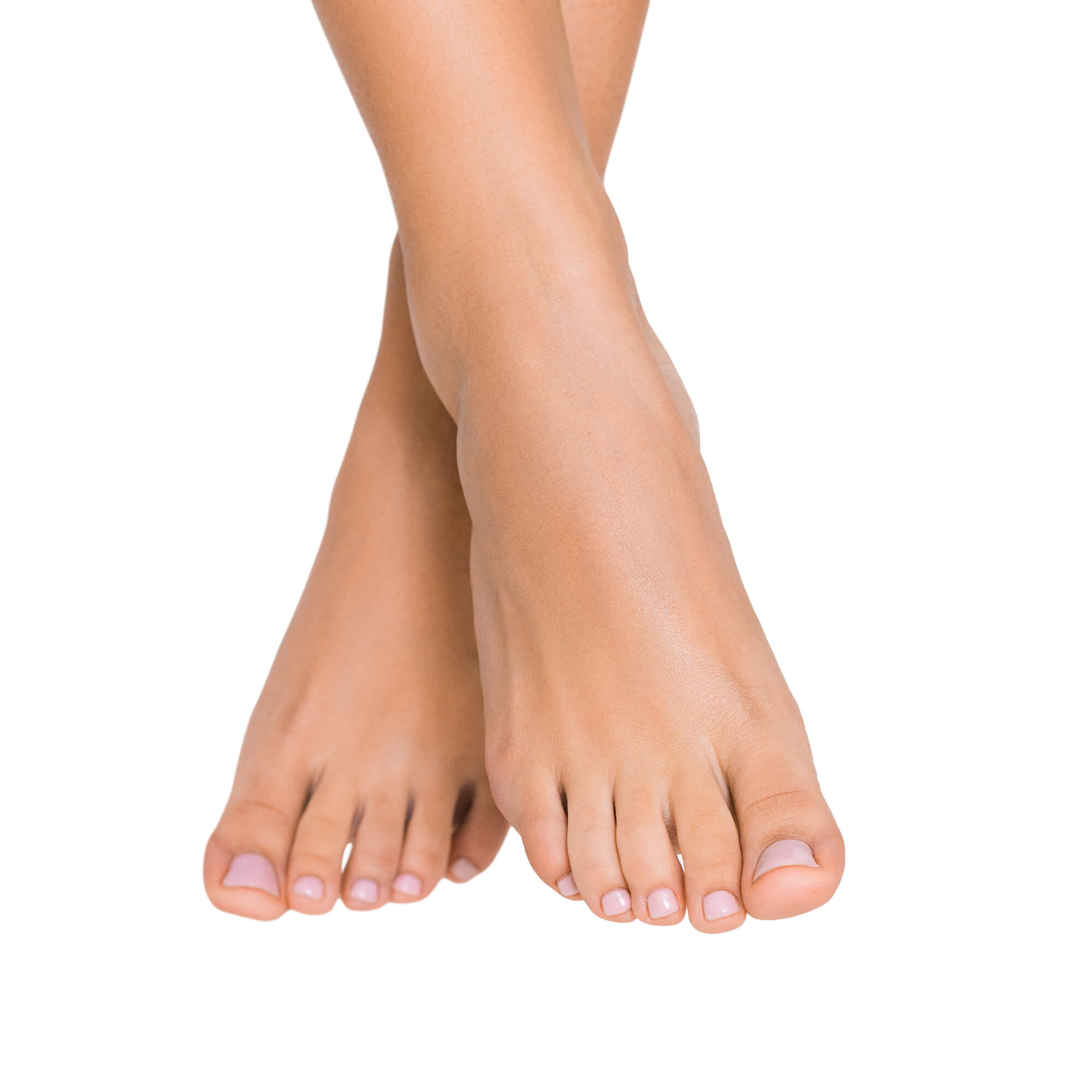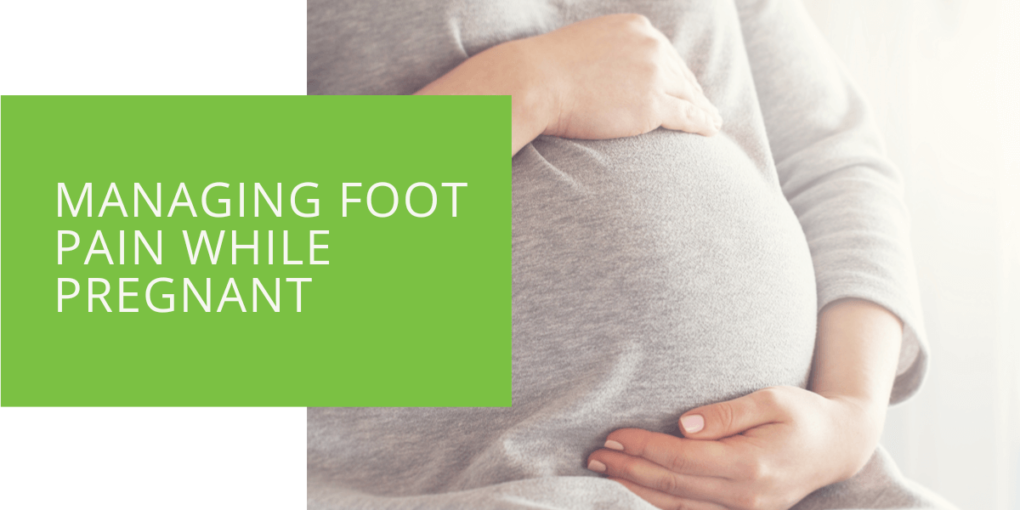Managing Foot Pain While Pregnant
Pregnancy is a wonderful experience, but it can also bring about many physical changes, including foot pain and swelling. Pregnant women often experience discomfort in their feet and legs, challenging daily activities. This article will provide tips and advice for managing foot pain during pregnancy, including common causes, how to prevent it, and when to seek professional help.
Common Causes of Foot Pain During Pregnancy
There are several reasons why pregnant women may experience foot pain, including weight gain, hormonal changes, and changes in foot structure. As a woman's body changes during pregnancy, her center of gravity shifts forward, which can put additional pressure on the feet and ankles. Additionally, hormonal changes can cause ligaments in the feet and ankles to relax, increasing strain on the arches and heels. Swelling, also known as edema, is another common issue that pregnant women experience, which can make the feet and ankles feel heavy and uncomfortable.
Weight Gain
Weight gain is one of the most common causes of foot pain during pregnancy. As a woman's body gains weight, her feet must support the extra pounds, increasing pressure on the feet and legs. This can cause discomfort, especially in the arches and heels. Pregnant women can manage foot pain related to weight gain by choosing supportive footwear, such as shoes with arch support and cushioning. It's also important to avoid standing for long periods and take breaks to rest and elevate the feet.
Hormonal Changes
Hormonal changes during pregnancy can affect the ligaments in the feet and ankles, causing them to become looser and more prone to injury. This can lead to foot pain and swelling, especially in the arches and heels. Pregnant women can manage foot pain related to hormonal changes by wearing shoes with good arch support and cushioning. Additionally, stretching exercises can help to alleviate discomfort and improve flexibility in the feet and ankles.
Changes in Foot Structure
As a woman's body changes during pregnancy, her feet may also change shape and size. This can lead to foot problems such as arch pain, plantar fasciitis, and heel pain. Pregnant women can manage foot pain related to changes in foot structure by wearing supportive footwear, such as shoes with good arch support and cushioning. Orthotics, which are shoe inserts that provide additional support and cushioning, can also be helpful. Choosing shoes that fit properly is important, and consider going up a shoe size if necessary. Additionally, compression socks or stockings can help to improve circulation and reduce swelling in the feet and legs.

Preventing Foot Pain During Pregnancy
Preventing foot pain during pregnancy is important for maintaining overall foot health and reducing discomfort. Pregnant women can take several steps to prevent foot pain, including wearing appropriate footwear, exercising regularly, and practicing good foot care habits.
Wear Proper Footwear
Choosing the right footwear is essential for preventing foot pain. Pregnant women should opt for shoes with good arch support, cushioning, and a wide toe box to accommodate swelling. Avoid high heels and shoes with pointy toes, which can exacerbate foot problems.
Exercise Regularly
Regular pregnancy exercise can help improve circulation and reduce swelling in the feet and legs. Low-impact exercises like walking, swimming, and prenatal yoga are excellent options. To ensure safety, pregnant women should speak with their healthcare provider before starting any exercise program.
Practice Good Foot Care Habits
Good foot care habits can help prevent foot pain and promote overall foot health. Pregnant women should wash and dry their feet regularly, inspect them for any signs of injury or infection, and moisturize them to prevent dryness and cracking.

Managing Foot Pain During Pregnancy
In addition to prevention strategies, there are several ways to manage foot pain during pregnancy. These include rest and elevation, ice and massage, and over-the-counter pain relief.
Rest and Elevation
Resting and elevating the feet can help to reduce foot pain and swelling. Pregnant women should take breaks throughout the day to rest their feet and elevate them above heart level to promote circulation. When sleeping, it's important to keep the feet elevated with pillows to prevent fluid buildup and reduce swelling.
Ice and Massage
Applying ice or massage techniques can help reduce foot pain and swelling. Pregnant women can apply ice to the affected area for 10-15 minutes several times daily. Massage techniques such as rolling a tennis ball under the foot or using a foam roller can also help to alleviate discomfort.
Over-the-Counter Pain Relief
Over-the-counter pain relief products such as acetaminophen can manage foot pain. Pregnant women should speak with their healthcare provider before using any medication to ensure it's safe.
When to Seek Professional Help
In some cases, the foot pain may require a visit to a podiatrist. Pregnant women should seek professional help if they experience persistent foot pain or swelling, have signs of infection such as redness or warmth, or have difficulty walking or standing. A podiatrist can provide a comprehensive evaluation and recommend appropriate treatment options, such as custom orthotics or physical therapy.
Conclusion
Foot pain during pregnancy can be uncomfortable and challenging, but it doesn't have to be. Pregnant women can manage foot pain and prevent future foot problems by following the tips and advice this article provides. It's important to prioritize foot care during pregnancy and seek professional help to ensure a healthy and comfortable pregnancy. Wear proper footwear, exercise regularly, practice good foot care habits, and seek professional help.

